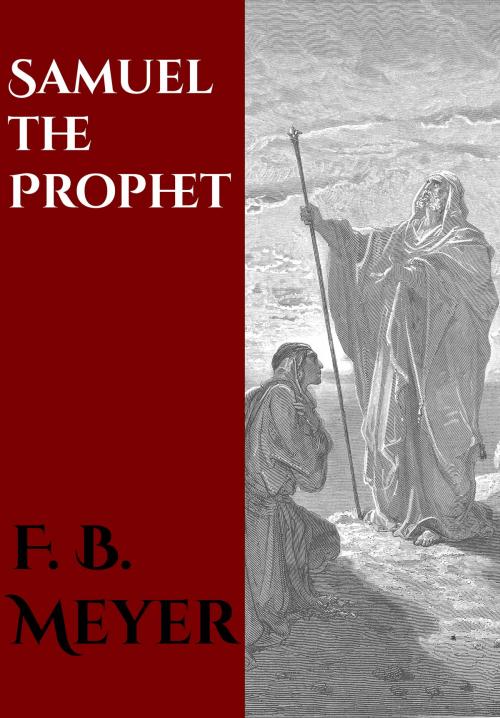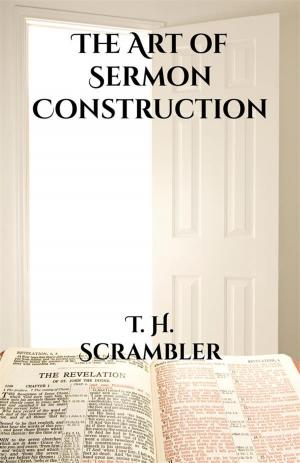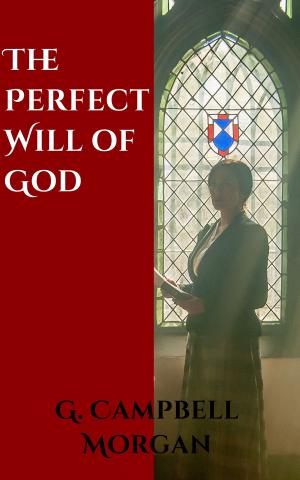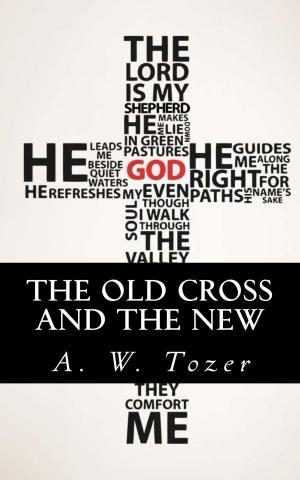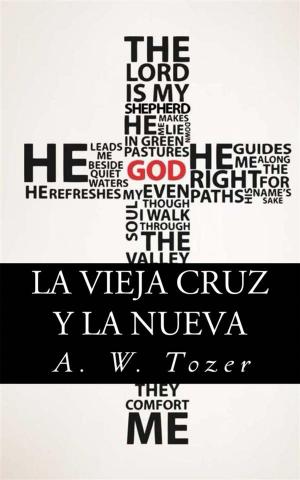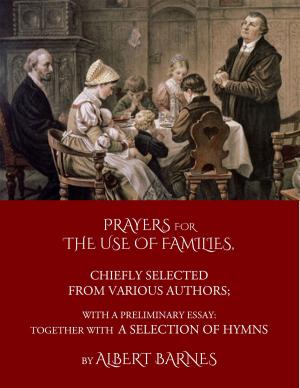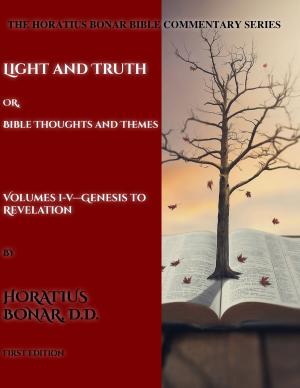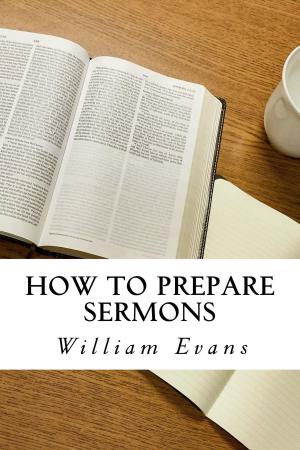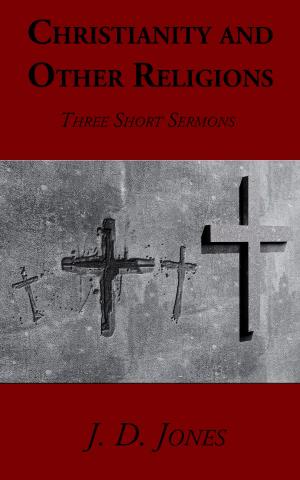| Author: | F. B. Meyer | ISBN: | 1230001939132 |
| Publisher: | CrossReach Publications | Publication: | September 27, 2017 |
| Imprint: | Language: | English |
| Author: | F. B. Meyer |
| ISBN: | 1230001939132 |
| Publisher: | CrossReach Publications |
| Publication: | September 27, 2017 |
| Imprint: | |
| Language: | English |
“On whom the ends of the ages are come”—i. e., the end of one age and the beginning of another. Such is our position to-day. In every direction the old order is giving place to the new. It was thus in the days of the Primitive Church, when the typical institutions of the Levitical system were being replaced by “the heavenly things themselves.” And it was also thus at the time when our narrative begins. The story of Samuel is a divine interlude between the days of the Judges and those of David the King.
Hitherto the High Priesthood had been the supreme authority recognised in the Hebrew Commonwealth. To Moses, its founder, there could be of course no successor; but Aaron was the first of an unbroken line of priests. No other office stood for the whole of Israel. The Mosaic era, however, was not destined to culminate in the rule of the Priest, who has seldom combined the sacerdotal functions with the special qualifications that constitute a great leader and ruler. Too often the reign of the Churchman has been warped by bigotry, tyranny, and the repression of the nobler aspirations of mankind. The Priest was to make way for the King.
A suggestion that a fresh development of the Hebrew polity was near occurs in the closing verses of the Book of Ruth, with which this book is connected by the conjunction now. The genealogy which is the evident climax of that sweet pastoral story closes, has no connection with Aaron or his line. It expressly deals with the tribe of Judah, of which nothing was spoken concerning the priesthood. Evidently the Divine purpose was moving forward—but whither? At the time its goal was not apparent; but as we look back on all the circumstances from the vantage-ground of accomplished fact, we can see that it was slowly moving towards the establishment of the kingdom under David; and veiled from all eyes there was the yet profounder movement towards the revelation of “that Proper Man,” as Luther calls Him, in whose nature, fitly known as Wonderful, the priestly, the prophetic, and the royal blend in perfect symmetry and beauty.
“On whom the ends of the ages are come”—i. e., the end of one age and the beginning of another. Such is our position to-day. In every direction the old order is giving place to the new. It was thus in the days of the Primitive Church, when the typical institutions of the Levitical system were being replaced by “the heavenly things themselves.” And it was also thus at the time when our narrative begins. The story of Samuel is a divine interlude between the days of the Judges and those of David the King.
Hitherto the High Priesthood had been the supreme authority recognised in the Hebrew Commonwealth. To Moses, its founder, there could be of course no successor; but Aaron was the first of an unbroken line of priests. No other office stood for the whole of Israel. The Mosaic era, however, was not destined to culminate in the rule of the Priest, who has seldom combined the sacerdotal functions with the special qualifications that constitute a great leader and ruler. Too often the reign of the Churchman has been warped by bigotry, tyranny, and the repression of the nobler aspirations of mankind. The Priest was to make way for the King.
A suggestion that a fresh development of the Hebrew polity was near occurs in the closing verses of the Book of Ruth, with which this book is connected by the conjunction now. The genealogy which is the evident climax of that sweet pastoral story closes, has no connection with Aaron or his line. It expressly deals with the tribe of Judah, of which nothing was spoken concerning the priesthood. Evidently the Divine purpose was moving forward—but whither? At the time its goal was not apparent; but as we look back on all the circumstances from the vantage-ground of accomplished fact, we can see that it was slowly moving towards the establishment of the kingdom under David; and veiled from all eyes there was the yet profounder movement towards the revelation of “that Proper Man,” as Luther calls Him, in whose nature, fitly known as Wonderful, the priestly, the prophetic, and the royal blend in perfect symmetry and beauty.
